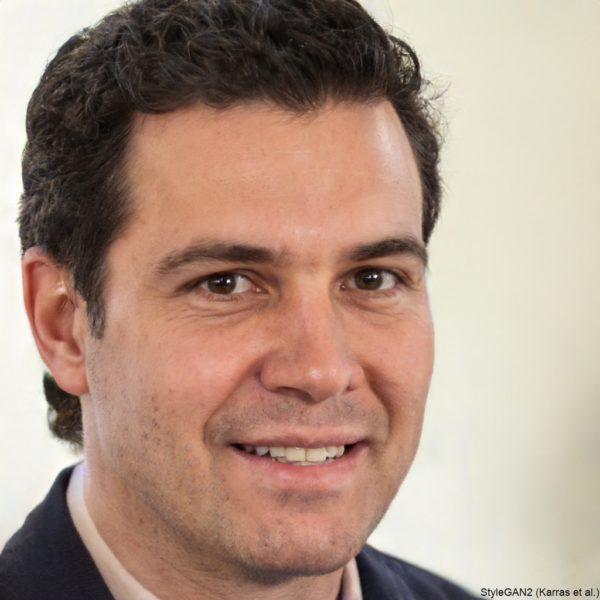Does E-Verify Actually Work?

Throughout 2011, E-Verify has been in the spotlight, with state legislatures, the U.S. Supreme Court, Congress, and organizations like SHRM debating employer obligations to verify immigration status.
In early 2010, I began using E-Verify at my employer in Minnesota as a “beta test.” Though not mandatory then, there were hints it might become so. E-Verify promised quicker, more accurate responses to work authorization inquiries than traditional I-9 verification.
But how effective is it?
A 2010 study commissioned by the Department of Homeland Security and research firm Westat found that E-Verify incorrectly authorized about 54% of unauthorized workers, primarily due to identity theft. Despite this, many states have made E-Verify mandatory for employers. Currently, 18 states and Washington, D.C., require its use in some capacity.
In May of that year, the U.S. Supreme Court upheld Arizona’s law mandating E-Verify for businesses (Chamber of Commerce v. Whiting), strengthening support for a nationwide rollout. Congressman Lamar Smith has championed the Legal Workforce Act, which would make E-Verify mandatory for all U.S. employers, arguing that it could help curb illegal immigration by reducing job availability for unauthorized workers.
But is E-Verify the solution? While it might limit some unauthorized employment, it’s not immune to identity theft, which allows unauthorized workers to pass verification. And while mandatory E-Verify could potentially open up jobs for U.S. workers, critics warn it could also push undocumented workers off the books or increase reliance on private contractors, potentially harming low-income families.
Small businesses also argue that E-Verify is burdensome, with many rights advocates suggesting it could lead to workplace discrimination. In agriculture, employers fear E-Verify would disrupt an industry that often relies on undocumented workers.
So, is anyone genuinely satisfied with E-Verify? While I continue to use it in Texas, where it’s now mandatory, I hope the system can address its flaws—particularly around identity theft—soon.
